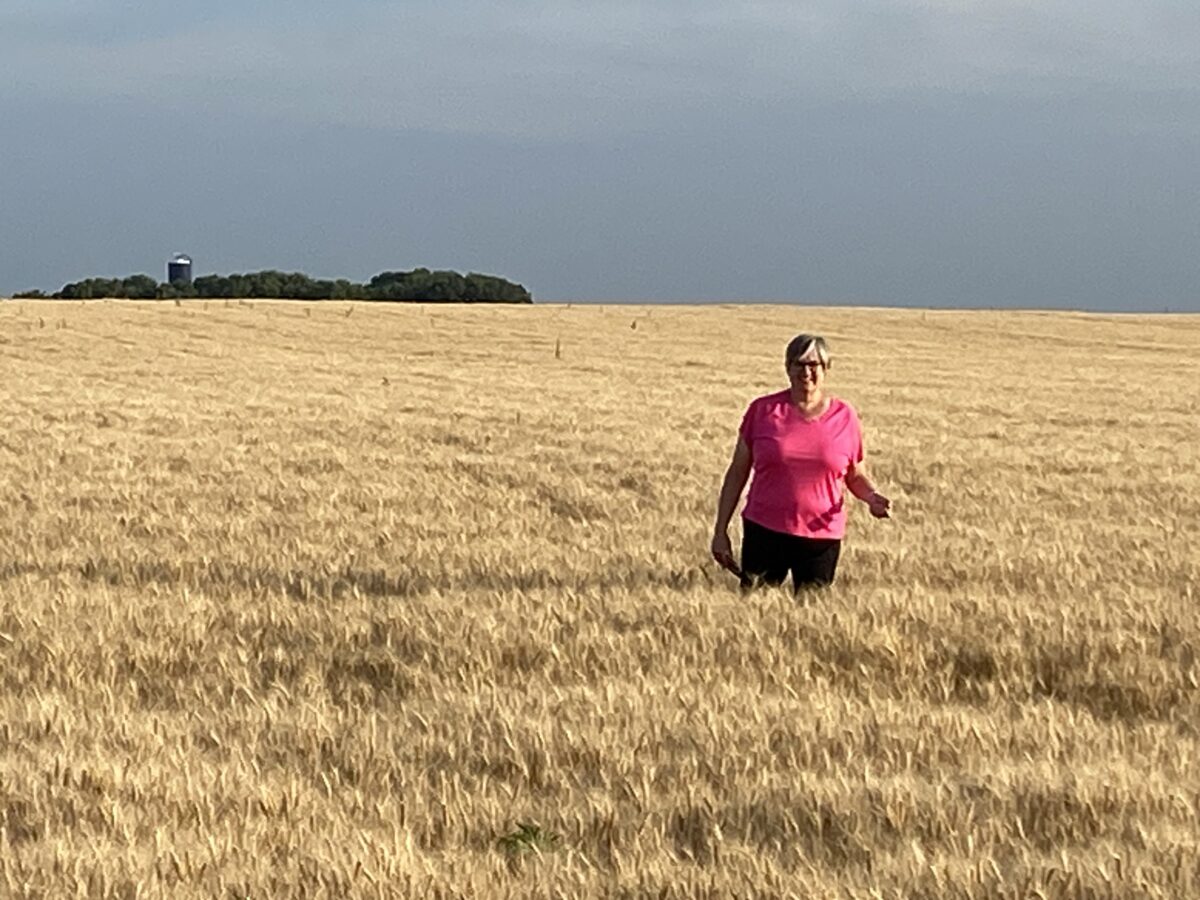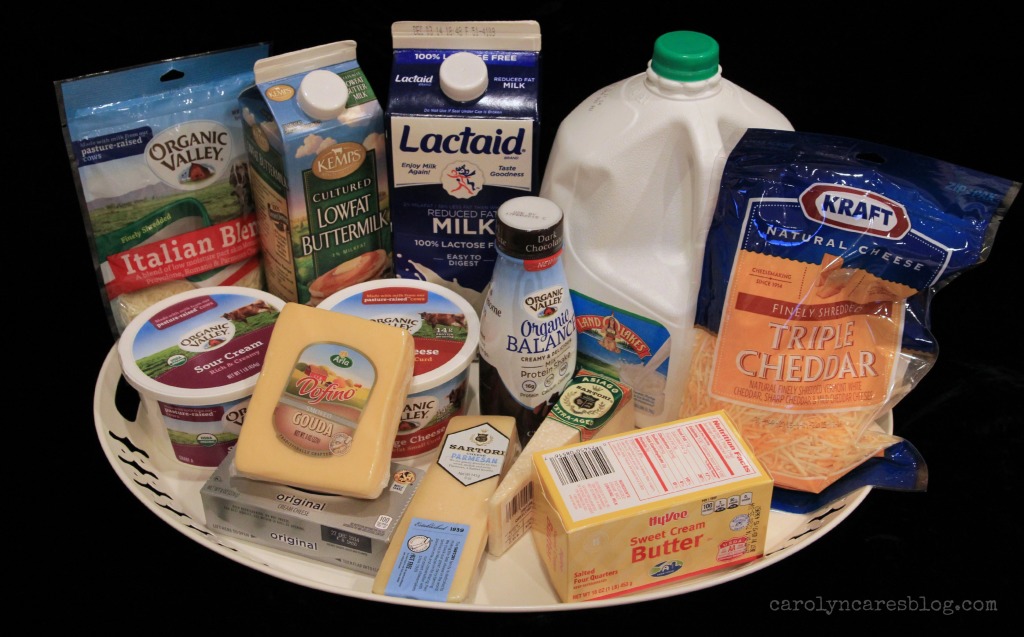We live in a time where consideration for the power of words and the implication of those word choices influence the way we communicate daily. The titles or labels we put on others in public forums also contain more weight as they give the larger audience an idea of how to feel about the subject.
This past week I had the honor of participating in the Marshall Area Chamber’s State of Ag event by sitting on a panel with fellow farmers. They are my peers, and they treat me as such. Our local newspaper, however, didn’t. The three gentlemen on the panel had their farm names listed or were called farmers. The description used for me was “Cottonwood area farmwife and Vice-President of the Minnesota Farm Bureau.”
Some may not see that as a big deal, but others will understand the underlying connotation of not recognizing my role on our farm. Jonathan and I farm in partnership. We make decisions together, we work in the fields, and our income depends on how the growing season and our choices affect the crop. It’s not that much different from other family members farming together.
When a woman with an active role in agriculture is not recognized beyond her farm gate like her male counterparts, that sends a message to other women in agriculture that they are not taken seriously or only provide a supporting role.
Look at the makeup of 4-H youth leaders, FFA officers at all levels, and people enrolled in agriculture-related majors in college. You will see a continued increase in females in all those areas. Agriculture in all avenues remains strong because young women have stepped into leadership positions.
Media plays a significant role in shaping perceptions. How women in agriculture are portrayed in print or video contributes to how the general public perceives them. When a woman sits on a panel as an expert, don’t discount her knowledge by not recognizing her role in her field. If we want to see agriculture thrive in the future, we need to positively recognize women’s roles in agriculture, helping to encourage the next generation and the impact they will make on the industry.






